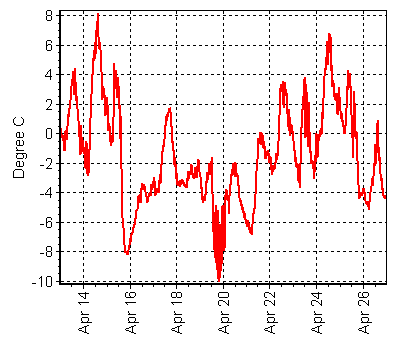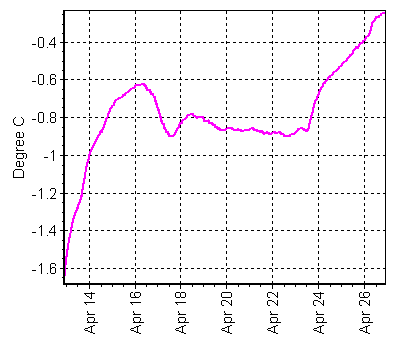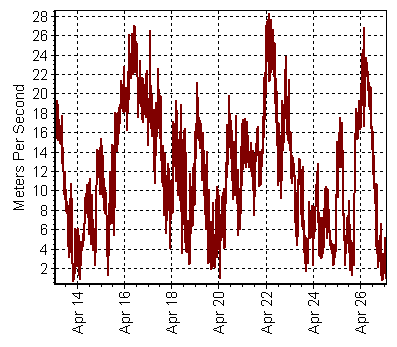Explore the Ridge
The Niwot Ridge LTER site was established in 1980 with support from the National Science Foundation. We provide education, outreach, and knowledge to inform alpine resource management and conservation. Our research helps identify where and when environmental changes lead to ecological changes and discovers the mechanisms driving ecological stability in mountain ecosystems.

































